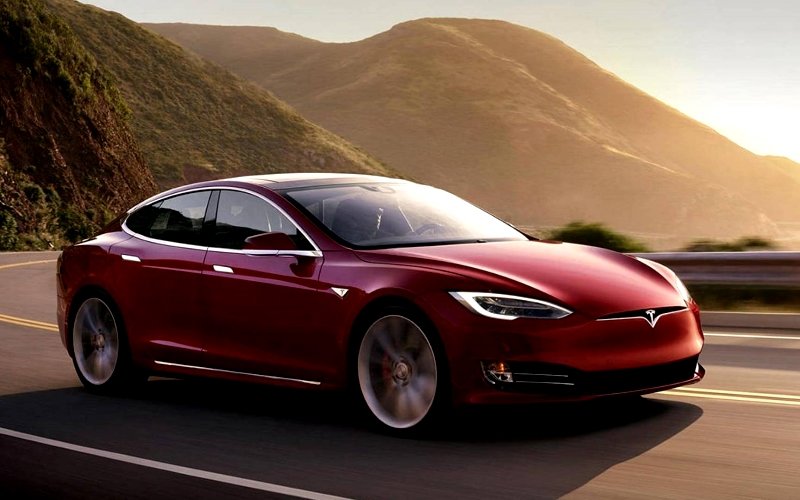Tesla has voluntarily called up about 123,000 units of its Model S model for a possible defect in the direction of the electric car.
American Tesla has voluntarily called about 123,000 units of its Model S model, because of a possible defect in the steering system of the vehicles.
The firm said that the units affected by this revision campaign correspond to the Tesla Model S units manufactured before April 2016 and affirmed that the revision will consist of a replacement of some screws in the steering system.
The company based in Palo Alto (California) indicated that this problem has not caused accidents or injuries. Thus, he assured that these screws can experience corrosion in contact with high temperatures and with road salt.
In a communication sent to the customers, the company indicated that it had observed an "excessive corrosion" in the screws of the power steering, mainly in situations of very low temperatures, in particular in roads where calcium and magnesium are used in the salt of road.
In the event that these components fail, the driver of the vehicle could continue to maintain control over the direction of the vehicle, although it would have to make a greater force, due to the "loss or reduction" of the assistance.
The firm said that the units affected by this revision campaign correspond to the Tesla Model S units manufactured before April 2016 and affirmed that the revision will consist of a replacement of some screws in the steering system.
The company based in Palo Alto (California) indicated that this problem has not caused accidents or injuries. Thus, he assured that these screws can experience corrosion in contact with high temperatures and with road salt.
In a communication sent to the customers, the company indicated that it had observed an "excessive corrosion" in the screws of the power steering, mainly in situations of very low temperatures, in particular in roads where calcium and magnesium are used in the salt of road.
In the event that these components fail, the driver of the vehicle could continue to maintain control over the direction of the vehicle, although it would have to make a greater force, due to the "loss or reduction" of the assistance.

 RSS Feed
RSS Feed